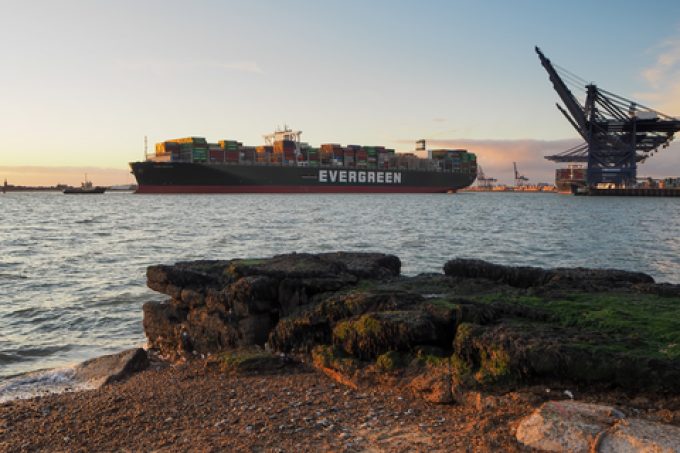Launch of 'complex' Fuel EU regulation proving a challenge for some
Shipping stakeholders were under-prepared for the arrival of Fuel EU – the complexity of relationships ...

The UK appears to have become the hot EU ETS-dodging destination du jour, with many carriers adding a call there before going on to EU ports on Asia-Europe routes.
While the UK has its own emissions trading system (ETS), shipping will only be included from 2026 – and even then, only voyages that depart from and arrive at UK ports.
This means shipping lines that would be paying a 50% EU ETS levy on a voyage from Asia to Europe, had ...
Semiconductors could compensate for air freight's lost ecommerce traffic
'It’s healthy competition' Maersk tells forwarders bidding for same business
Transpacific sees first major MSC blanks as rates fall and volumes falter
'Weakened' Maersk paying a heavy price for its lack of fleet growth
US shippers slam USTR port fee plan – 'an apocalypse for trade'
Opposition builds for final hearing on US plan to tax Chinese box ship calls
Despite sourcing shifts, 'don't write-off China', says CMA CGM CCO
Calling all shippers!
Please give us a minute of your time to answer the following questions:

Comment on this article